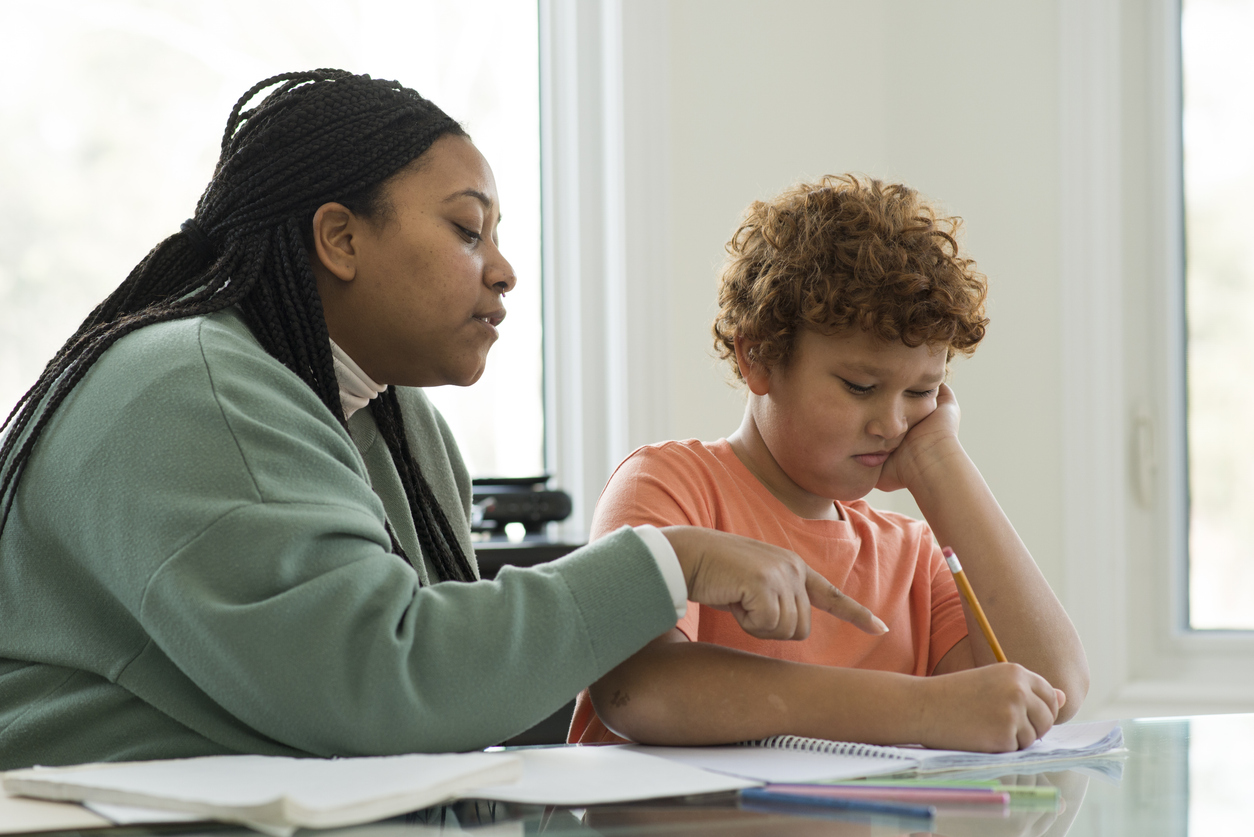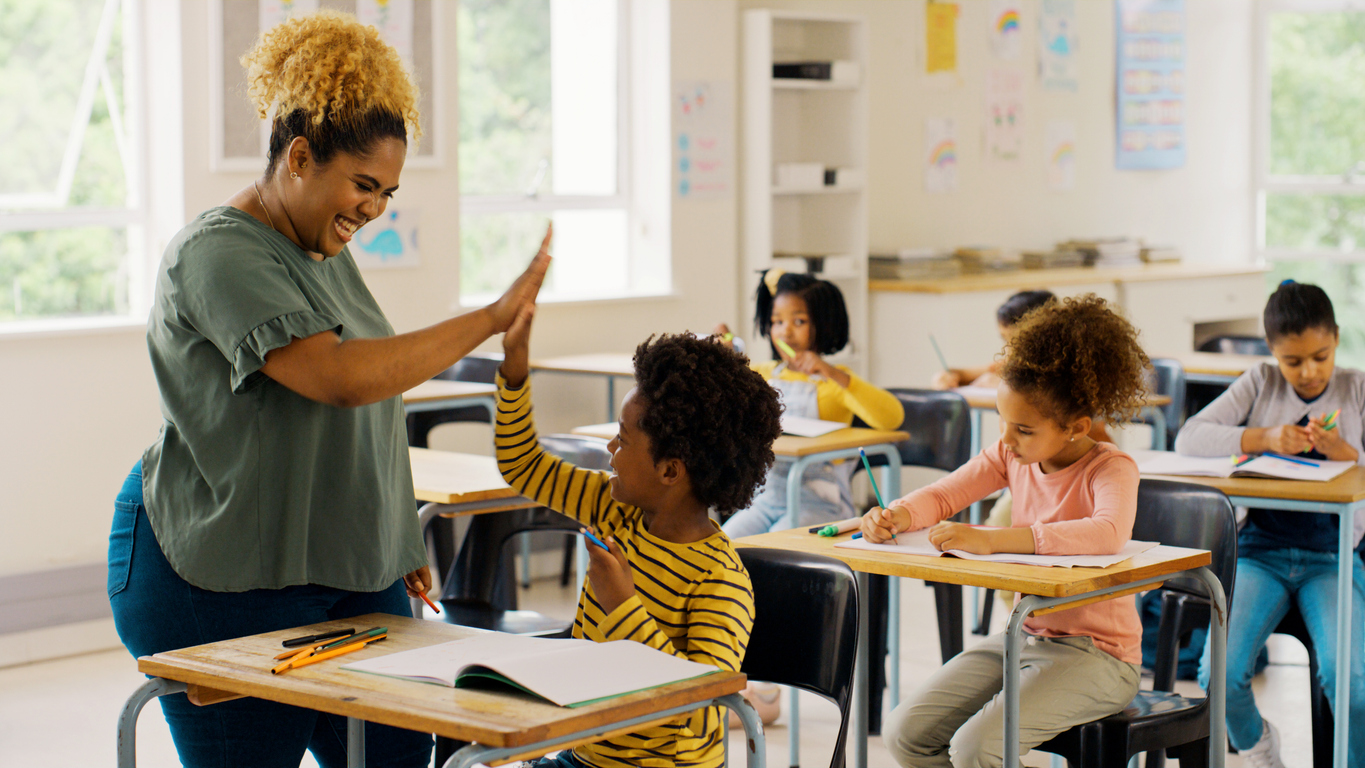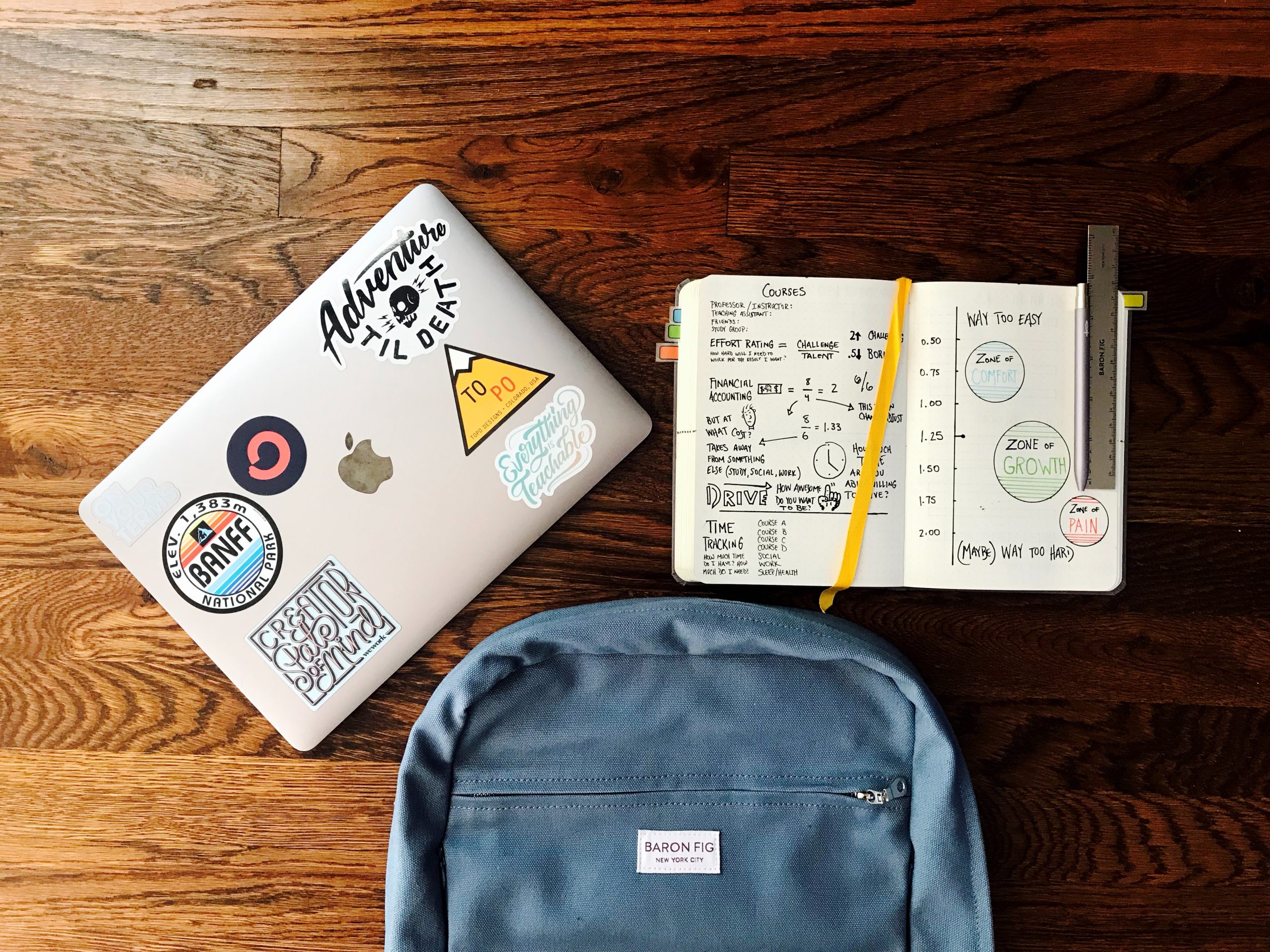Unlocking Literacy: The Transformative Power of Structured Literacy for Educators
By Sophia G. Brown, M.Ed.
As educators, we’re on the front lines of one of the most critical battles in education: the fight for literacy. Every day, we witness the struggles of students grappling with reading—a skill that forms the bedrock of all learning. For those with dyslexia or other learning differences, the challenge is even greater. But there is hope that shines brightly in the face of these challenges: Structured Literacy.
What is Structured Literacy?
Structured Literacy is a comprehensive approach to reading instruction that aligns with the Science of Reading. It’s a term coined by the International Dyslexia Association to encapsulate teaching methods that are explicit, systematic, and diagnostic. This approach is particularly beneficial for students with dyslexia, but it’s also proven to be effective for all learners.
Why Structured Literacy Matters
“Reading is not just a skill—it’s a civil right.” This powerful statement by Kareem Weaver, an Oakland NAACP activist, captures the essence of why we must prioritize literacy. When students struggle to read, they’re not just facing academic hurdles; they’re being denied a fundamental right that opens doors to lifelong opportunities.
The Core Principles of Structured Literacy
Structured Literacy rests on several key principles:
- Explicit Instruction: Teachers clearly demonstrate the relationships between sounds and letters, leaving no room for ambiguity.
- Systematic and Cumulative: Lessons build on each other, ensuring that students master one concept before moving on to the next.
- Diagnostic Teaching: Educators continuously assess students’ progress and adjust instruction to meet their needs.
Implementing Structured Literacy in the Classroom
To bring Structured Literacy to life in your classroom, consider the following strategies:
- Phonemic Awareness: Develop students’ ability to hear, identify, and manipulate sounds in spoken words.
- Phonics: Teach the relationship between written letters and spoken sounds.
- Fluency: Focus on developing smooth, efficient, and expressive reading.
- Vocabulary: Expand students’ word knowledge through explicit teaching of word meanings.
- Comprehension: Teach strategies to understand, remember, and communicate what is read.
- Writing: Incorporate writing instruction that supports the translation of ideas into written language.
The Impact of Structured Literacy
Structured Literacy is more than a teaching method to improve reading scores—it’s a movement that empowers students to unlock the full potential of written language. It’s about providing clarity, fostering empowerment, and tailoring instruction to meet the diverse needs of our students. As educators, we have the power to transform lives through literacy, and Structured Literacy is our guide.
Embracing Structured Literacy is about upholding the right to read and ensuring that every child has the opportunity to succeed. Let’s commit to this approach and watch as our students soar to new heights of literacy achievement.
Ready to enhance your instruction? Click here to get your free demo of Progress Learning.


